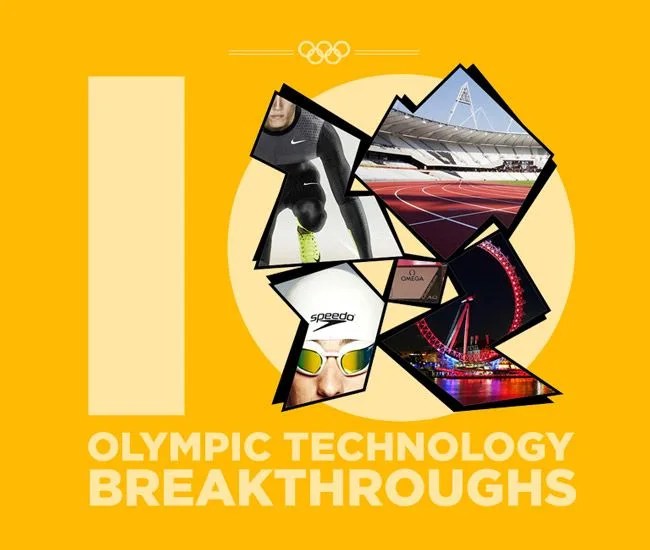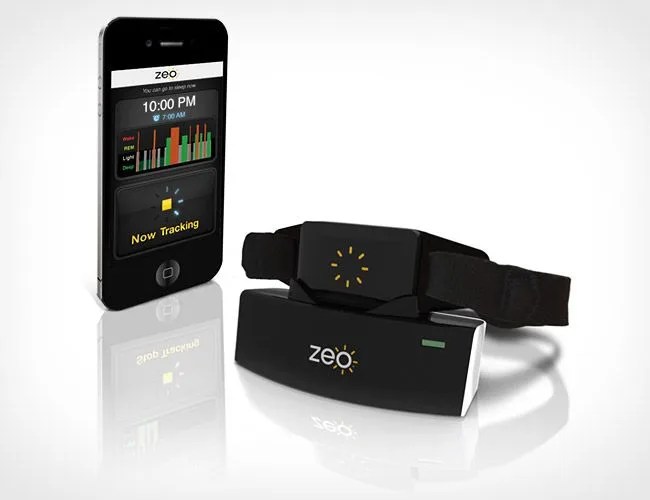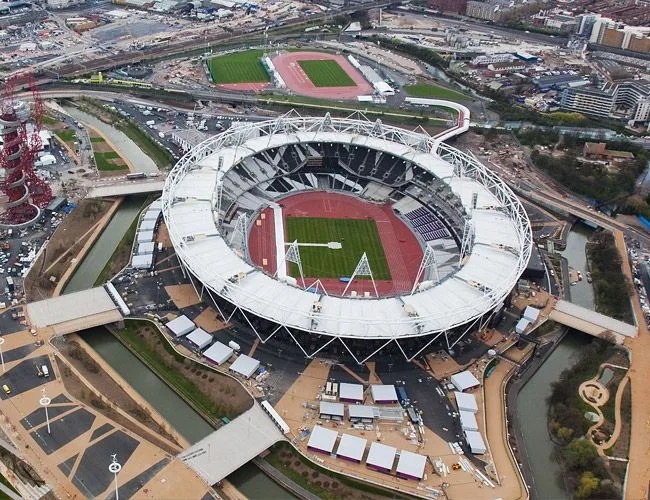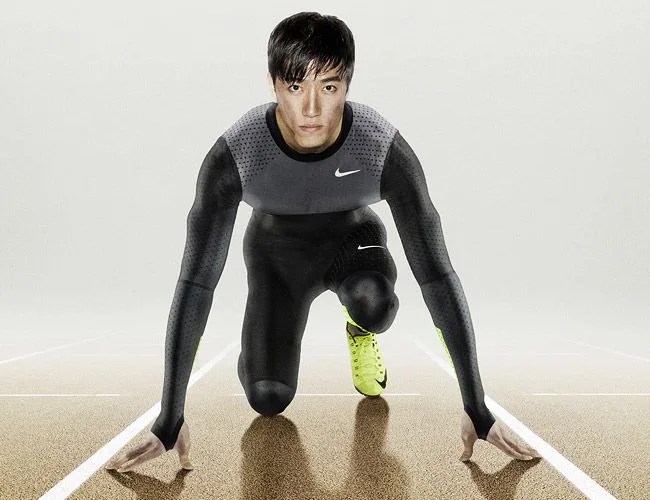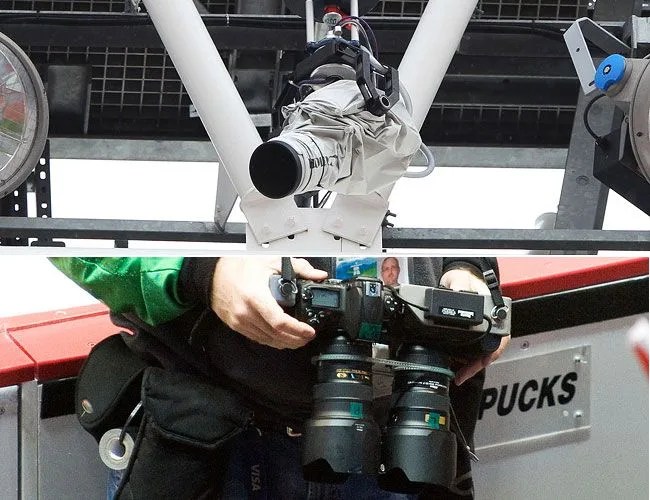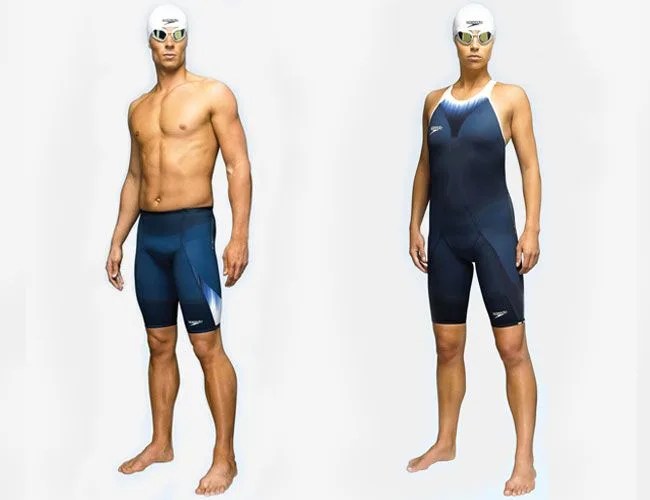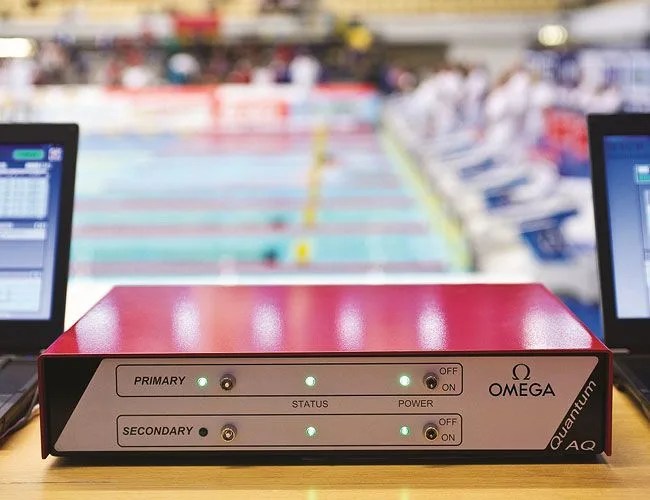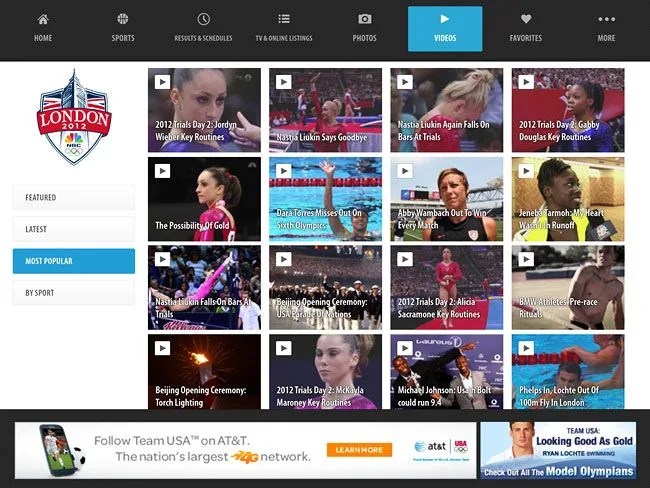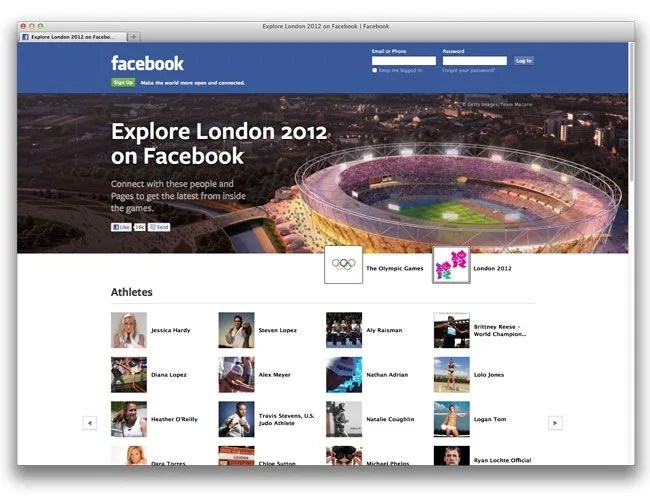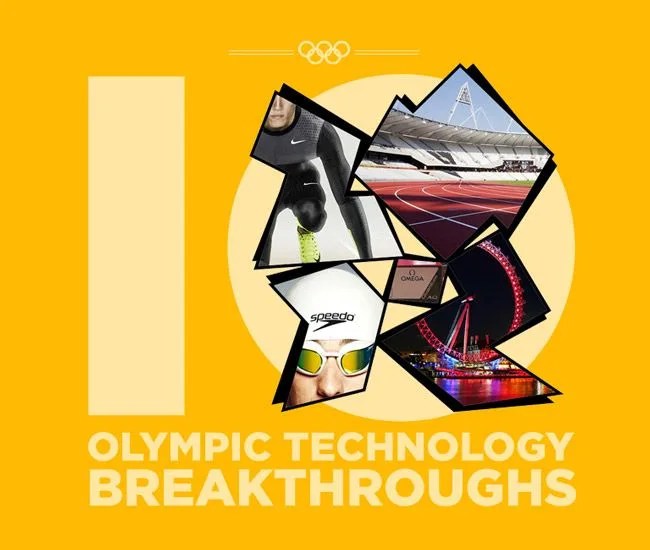
It’s hard to believe the 2012 summer Olympics are already upon us. While this year’s events will feel familiar, the athletes and venues have unquestionably evolved. The same holds true for the technology used to capture, record and share their feats with the globe. Long gone are the games of stark naked athletes, replaced by skintight suits that work magic with aerodynamics and leave little to the imagination. Gone, too, are the thrills of real-time, dead-heat finishes, since in the age of uber slo-motion capture even your jackass cousin will boast it clearly wasn’t that close, man. But change is good, no matter how many half-baked faults we complain about on the sly. The 10 technologies below are just a few of the many that will make this year’s London games the best ever for competitors and viewers alike.
See the list after the break.
Mondotrack surface
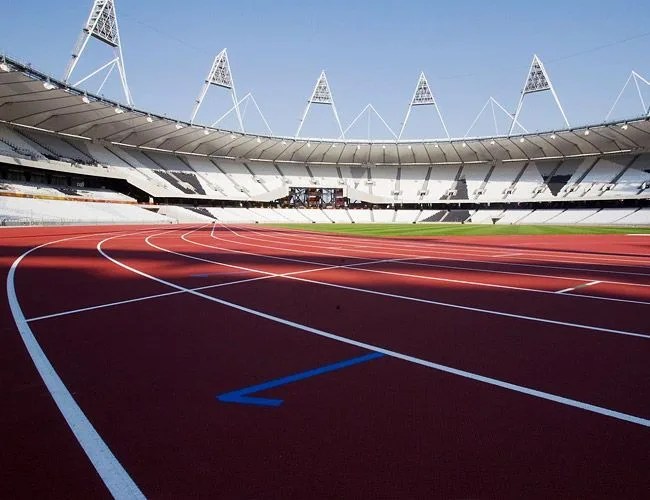
Thought Usain Bolt was fast before? Just wait. Italian company Mondo, designer of Olympic tracks since the 1992 games, has unveiled a racing surface called the Mondotrack that should make races even faster. Unlike typical tracks, which feature one combined layer of rubber, Mondo’s surface features a distinct, traction/performance layer set atop a “backing” shock-absorption skin. This thinner traction layer improves speed by reducing the bite depth of racers’s spikes (a slowing action), while diamond patterns in the bottom shock-absorbing layer provide more support and bounceback than the square-shaped cells from days of yore — mimicking the spring of a trampoline in miniature scale. Apparently the layers are both vulcanized; we think that makes them more like Spock, which is cool.
